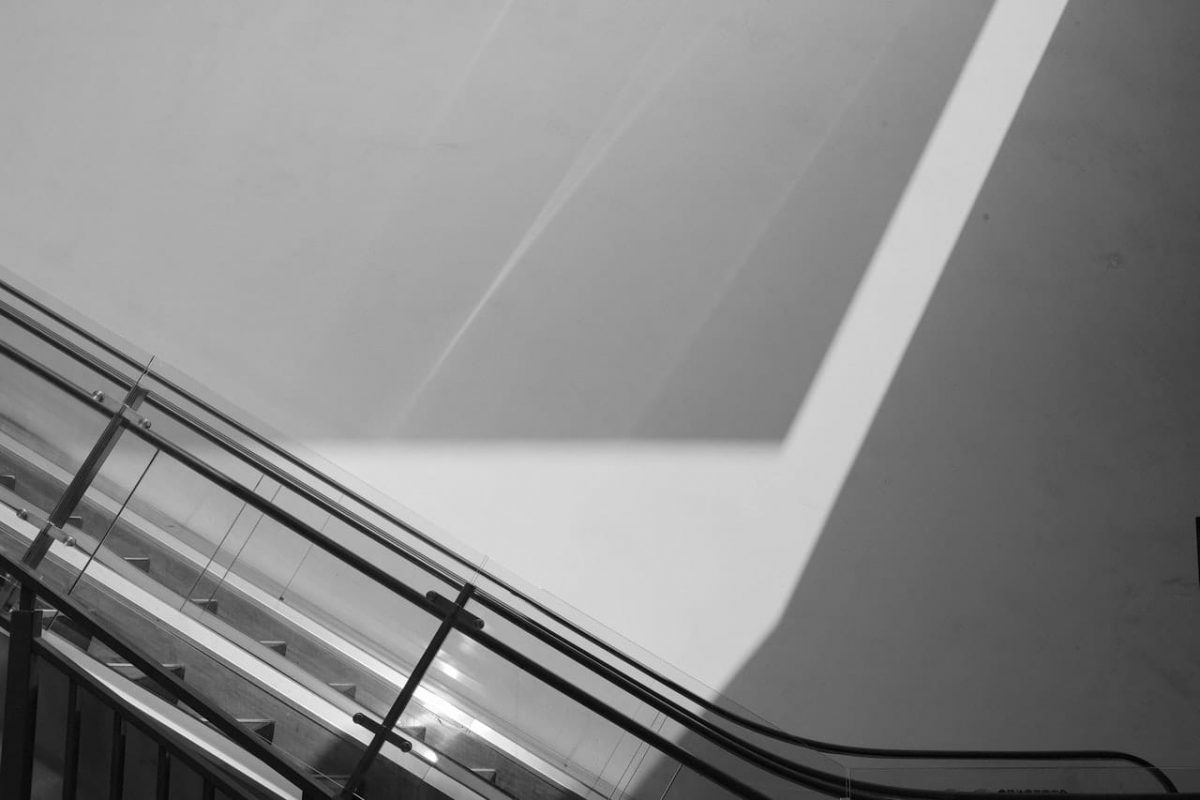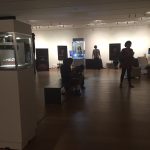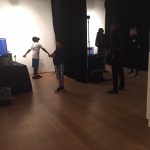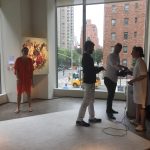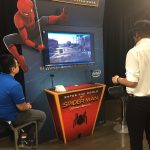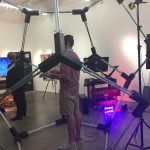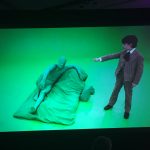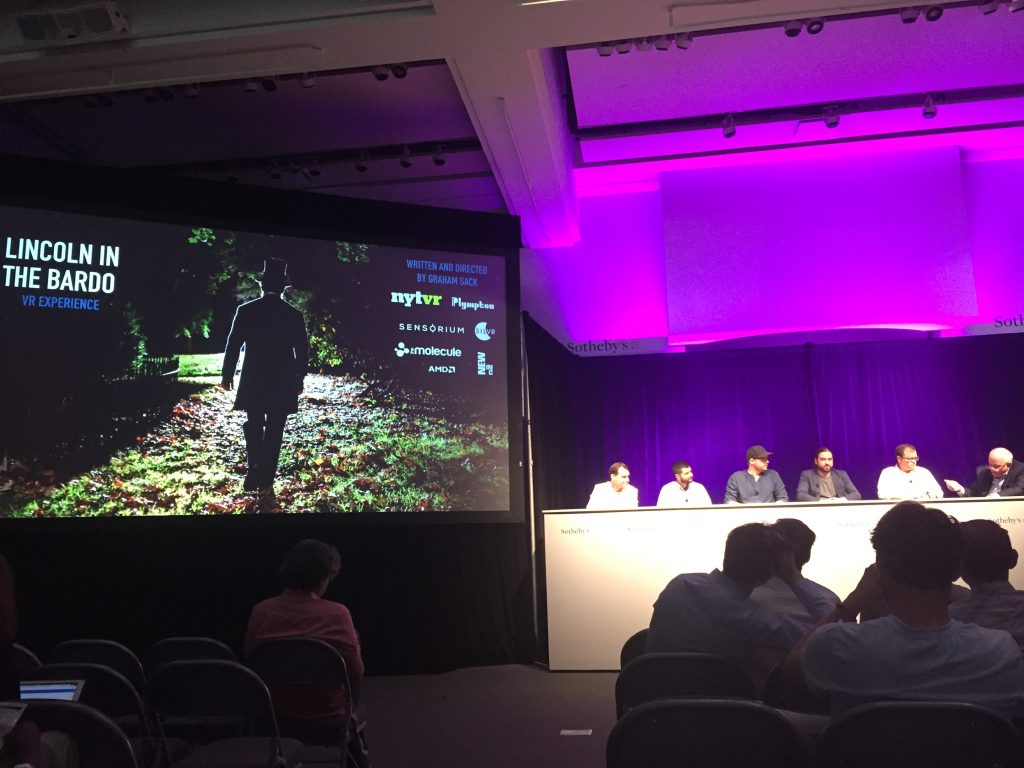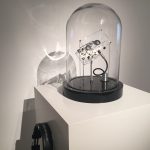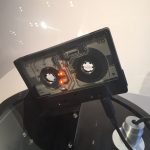Many years ago, I took a continuing education in creative writing at Rice University. I never took another one, until recently when I got it in my mind to try again. This time, I wanted to look for an online course.
Despite most online courses these days centering on coding or engineering, I found an online creative writing course, focusing on plot development, on Coursera from Wesleyan University. Because I’m not a paying student on Coursera, I cannot submit my writing, so I’m going to share it here.
The assignment from Week 1 is called “The Escalator”. The instructions are below, but the goal is to move the plot along by the use of certain words, like ‘tiger’ and ‘appliance’. It feels a little contrived, but actually these action words really help move things along.
Assignment: The Escalator
Write a scene of 250-350 words featuring a character with one concrete want (a table, a moose, a toothbrush, anything physical is fine!) and one weakness. Use these two features to drive the action of the plot. Set up the story where every other sentence is a rising action. To help you come up with rising actions, use one word from the following list of twelve words in each sentence that has a rising action. In other words: Write your first sentence introducing your character. Make the next sentence a rising action using one of the following twelve words. Write your third sentence, which may introduce the weakness, then write your fourth sentence with a rising action that includes one of the remaining eleven words you haven’t used. And so on.
- trick
- memory
- aboard
- tiger
- pretend
- carrot
- appliance
- cage
- rings
- crow
- filthy
- explode
You must use at least 6 of the 12 words, but you are encouraged to challenge yourself to use as many of the words as possible while still meeting the word count.
Submission: Gold Ring
Abby had recently started a new job after a long period of unemployment. As she found herself in the jewelry department of Bloomingdale’s, she could feel a small part of her explode with pride that she had finally secured full-time work and start living again.
In the past, Abby had purchased earrings or a necklace to celebrate a new job, but since she wouldn’t get paid until the end of the month, she didn’t have the money to buy anything new. She tried to pretend eagerness in buying the set of pearl earrings the sales girl was showing her and smiled when she looked in the mirror.
As she looked around she noticed the jewelry department wasn’t that busy, but it wasn’t that crowded. She had an idea to somehow trick the sales girl and get the jewelry — by stealing.
She’d never stolen before and could hardly believe she’d formulated this idea on her own. But after those many months of unemployment and self-doubt —- pinching every dime, and eating rice and lentils every night —- she finally felt like she’d escaped her cage.
Well, she told herself, if she was going to possibly get caught stealing, she wanted to make sure it was worth it. She moved around the glass cases like a tiger stalking prey, making notes in her head of pieces she liked and didn’t.
Finally she came to a case of rings and asked to view them closer. When the rings were placed in front of her, she cocked her head like a crow, this way and that, trying to eye both the sales girl and the rings.
The ring she chose to try on was a simple ring of rose gold and opal. She admired how it looked on her finger and tried to remember the moment to form a memory in her mind.
She hadn’t figured out exactly how she was going to steal it and began to feel her confidence waning. Suddenly, what had been a loud murmur at the other end of the jewelry case exploded into a commotion. A well-dressed man and woman began to yell and scream, hurling filthy insults at each other.
All of the sales attendants immediately hurried over to the couple, including the sales girl who had been serving Abby.
Like a tiger, Abby pounced at her lucky opportunity. She put her ringed hand in her pocket, picked up her bag and began quickly walking, almost running, towards the door.
Just as she reached the door, she heard a voice call out to her, “Oh, Miss! Oh, Miss!”. But Abby didn’t stop.
